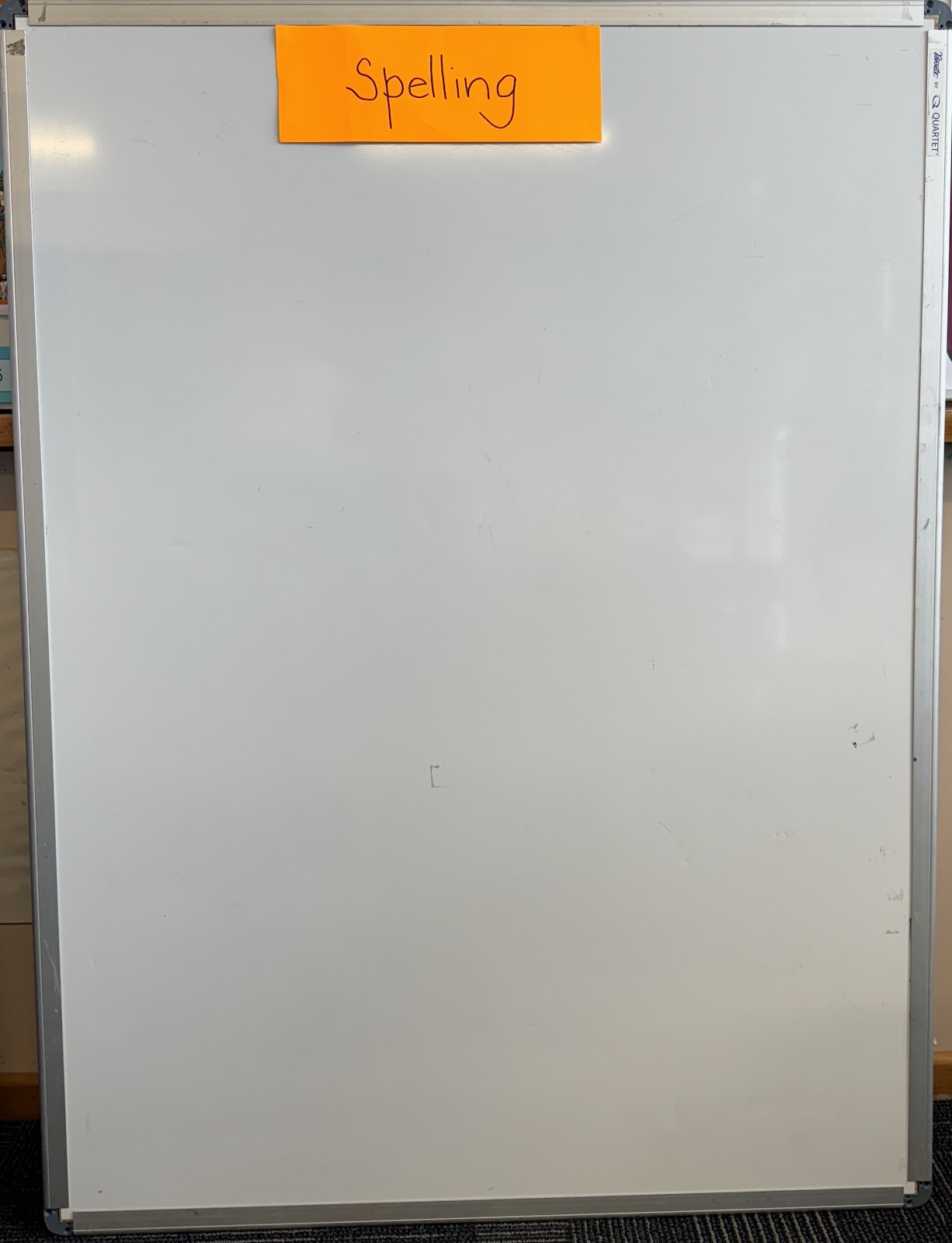I would suggest that you could make use of the PAT Vocabulary assessment data as well. Also, have your essential high-frequency words list with a small number of precise words on the "Word Wall". (Ms Naicker)
For this, I have provided each learner a copy of their Essential Spelling List. Also, the high-frequency word list is pinned on the wall as well.

Morphology– the study of meaningful word parts (eg: adding prefixes and suffixes and how they change word meanings). This is also quite effective at year 4 level to expand their vocabulary. (Ms Naicker).
Do you find that students learn the spelling word for the test and then always spell it correctly? Or do they still spell it incorrectly in their written work?
I have noticed that those learners who have mastered the words spell them correctly in their written work compared to those who have not mastered the words. (Mrs Petersen).
I've always felt that a word-rich environment is essential. Get the students to revisit the word wall often. Make the word wall more interactive: involve students in creating and updating the word wall. This can include writing words, drawing pictures, or adding definitions. Use magnets, velcro, or sticky notes so words can be moved around. This allows for sorting activities, games, and easy updates.
For this, I am still working on helping learners build confidence where learners openly and freely ask for help, such as by saying, “Who can help me spell the word ____”. I have kept a separate whiteboard where those learners who know how to spell the words go and write words to assist those who are struggling. This assists both the learner who is assisting and the learner who needs help with spelling. (Mrs Petersen).












No comments:
Post a Comment